Appearing as an unstoppable, omnipotent force, the Taliban seemed to retake control of Afghanistan in just a few days last month. But that image was unsettled by the suicide bombing at Kabul’s international airport on August 26 by the Islamic State-Khorasan (IS-K or ISIS-K), which has been battling with the Taliban since 2016. The Taliban has since fired warning shots to disperse hundreds of protesters in Kabul on Tuesday, a demonstration that continued daily protests begun last Thursday by women in Herat and Kabul demanding greater rights and government representation for women. The new Taliban government, announced on Tuesday, is meanwhile confronting serious financial problems, as the United States has blocked access to $9.4 billion in international reserves, while the International Monetary Fund has suspended plans to distribute more than $400 million in aid. And the National Resistance Front says it is still fighting Taliban forces in the Panjshir Valley, a mountainous area about 100 miles north of Kabul. How much power does the Taliban actually hold in Afghanistan now?
According to Benjamin Hopkins, a professor of history at the George Washington University who has written a history of Afghanistan, the Taliban’s position is deeply contested. Beyond their own internal tensions, Hopkins says, the Taliban will struggle to meet the heightened expectations of citizens who now demand much more from the government than they did when the Taliban ruled from 1996 to 2001. To Hopkins, the international community won’t give the Taliban the subsidies required to rule the country unless the group ends its reliance on the heroin trade for financing. The country has been in a civil war almost continually since 1978, and even if the Taliban can win militarily, Hopkins says, it will still have to negotiate a political solution to the conflict before it can consolidate its authority.
Michael Bluhm: How strong is the Taliban’s position in Afghanistan?
Benjamin Hopkins: That’s a huge, open question. There’s been a presumption that with the “conquest,” the Taliban are now the government of Afghanistan. Afghanistan does not have a functional government.
The Taliban is going to struggle as they move from an insurgency into a governing authority. Over the past two years, the Taliban never made any pronouncement of their vision of governance.
The speed of their apparent conquest might have been illusory. There are plenty of opponents that may have surveyed the ground and thought it best to keep their powder dry. There’s definitely a possibility that in the coming weeks Taliban rule will be meaningfully challenged.
We talk about the Taliban as a unitary or cohesive organization, but there are factions within the Taliban. As they move to governing, there will be tensions—if not rivalries—among these factions.
Bluhm: How firm is the Taliban’s control over the country?
Hopkins: Unclear, and highly contestable. The Taliban has about 75,000 people. It spent 20 years mounting an insurgency against the U.S.-supported government. They don’t have the institutional setup or the personnel to run the country. They are going to be reliant on a bureaucracy that served the administration [of former President Ashraf Ghani]—and whether that bureaucracy is willing to bend to the will of the Taliban is an open question.
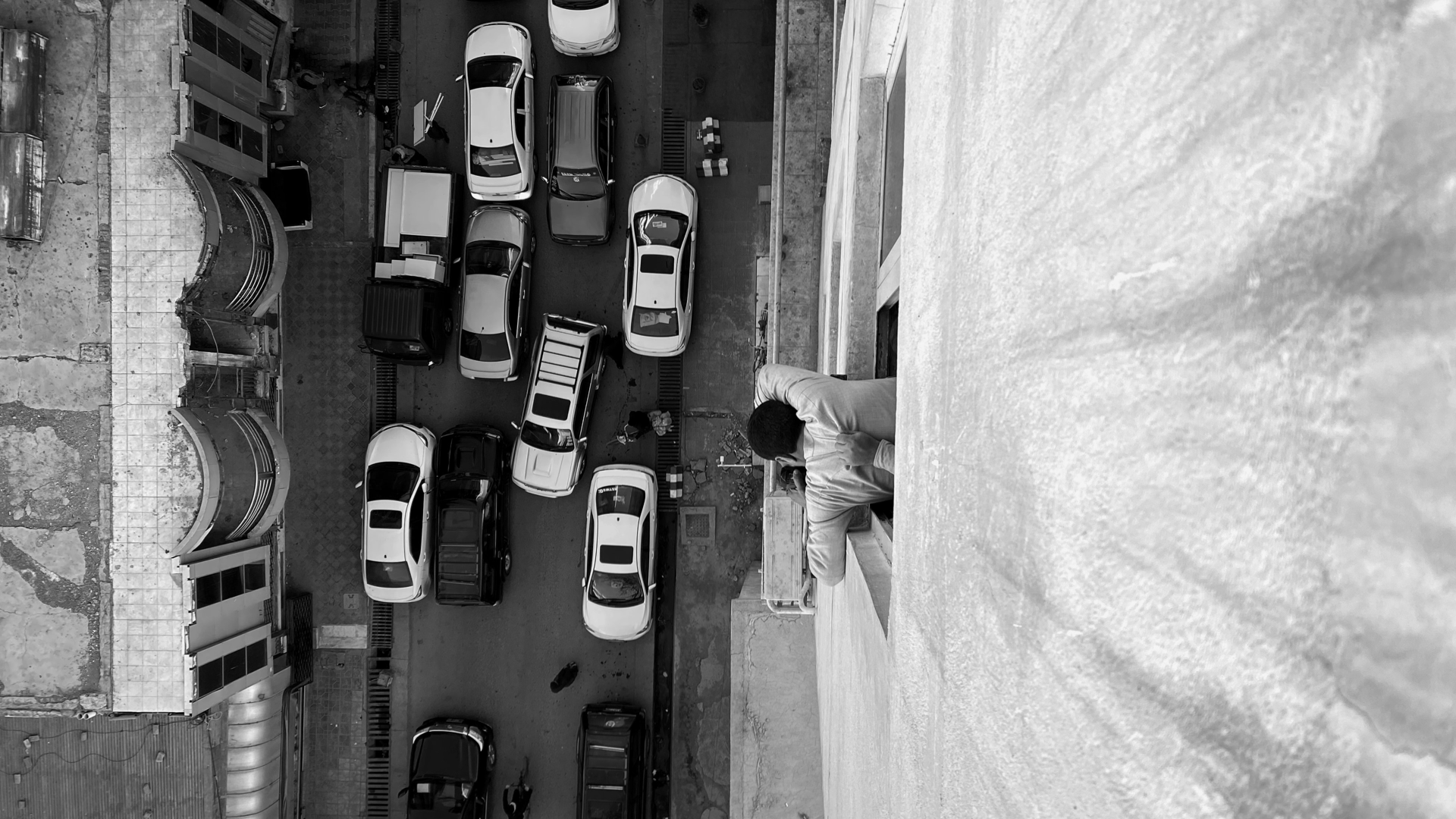
The Taliban is well aware of the perilousness of the moment. We see them desperately trying to keep America engaged diplomatically and calling on the international community to invest in Afghanistan, to send it aid. They want to do everything they can, as quickly as they can, to secure their rule.
Bluhm: What’s the relationship between the Taliban and the Islamic State-Khorasan— IS-K?
Hopkins: The Taliban is often uncritically lumped together with other “jihadist” groups, including IS-K and the remnants of al-Qaeda. This is a gross mistake, because these are really different entities. The attack on the airport was as much an attack on the Taliban as it was on the United States.
The origins of IS-K appear in about 2015. It was an offshoot of IS from the Middle East, and many of the people that participate in it are disenchanted with the Taliban.
From the beginning, there was an antagonistic relationship between IS and the Taliban. There was a war between IS and the Taliban between 2016 to 2018. The Taliban essentially obliterated IS-K. IS-K reconstructed itself, having a safe haven in Pakistan.
The Taliban is an Afghan, Muslim movement. The Taliban has been understood as a Pashtun and Muslim organization. Their interpretation of Islam is much more culturally than textually colored. They endorse and through their governance support understandings of Islam and Shariah that are culturally conditioned and have, frankly, very little textual basis in the practice of Islam. The Taliban is a largely Afghan-centric movement.
The Taliban is well aware of the perilousness of the moment. We see them desperately trying to keep America engaged diplomatically and calling on the international community to invest in Afghanistan, to send it aid.
That’s very different from IS-K, which is much more of the lineage of political Islam. It comes out of Egypt from the 1960s with the Muslim Brotherhood. It’s a very strict interpretation of Islam, based solely on the text, and some of the vehemence that IS-K feels toward the Taliban—and generally toward other Muslims—is that they see many of the culturally informed Muslim practices that people like the Taliban endorse as nothing short of apostasy.
The other thing about IS-K is the name, which is not often picked up in the discussion. Their title, Islamic State-Khorasan, is important. Whereas the Taliban is an Afghan-based movement whose ambitions lay within Afghanistan, IS is much more transnational. They challenge national boundaries. They’re not IS-Afghanistan. They’re challenging the imaginary of Afghanistan with an alternate imaginary: the province called Khorasan, the old name for much of Afghanistan that gets eclipsed with the construction of the Afghan state in the 19th century.
Bluhm: How much of a threat does IS-K represent? How many fighters do they have?
Hopkins: Probably in the low thousands. Does IS-K have the potential to take over Afghanistan? No. Their main potential is as a spoiler, and we saw that with their attack on the airport. They have never enunciated any vision of governance.
Even if the Taliban establish control, they are going to have to contend with IS-K as a spoiler. On the other hand, the Taliban is going to have to deal with potential challenges from other elements within Afghan society. Let’s be clear: IS-K is largely a foreign threat to the Taliban.
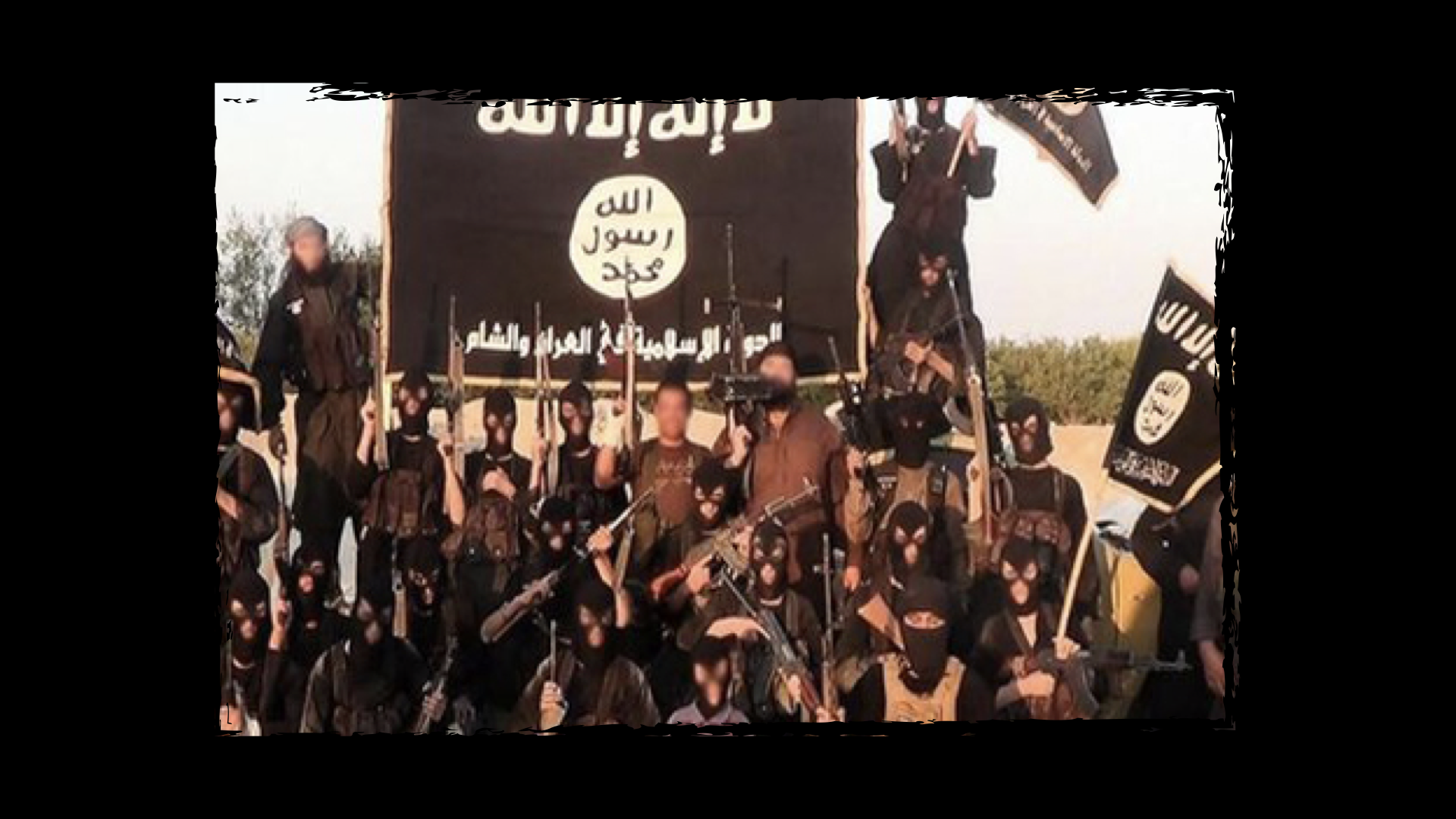
Bluhm: What do you mean by foreign threat? Even though foreign fighters were present in Syria and Iraq, the Islamic State there was largely made up of local people dissatisfied with their government.
Hopkins: There are probably 15 to 18 million Pashtuns in Afghanistan, but there are about 50 million Pashtuns in Pakistan. A significant number of IS-K fighters are from Pakistan. They’re foreigners, even though they might be Pashtuns.
In other contexts, the Islamic State has become a channel of dissent against unpopular governments. Does that hold the same potential in Afghanistan? I doubt it. The language of IS-K and their vision of society is largely foreign to Afghans. That is why they’ve always struggled in Afghanistan since their inception in 2015, and why they would struggle to become more than a spoiler.
Bluhm: What are other power centers challenging the Taliban’s authority?
Hopkins: The Taliban are very aware that it’s a perilous time for them with the international community, but also internally. Are they trying to build some government that includes parties beyond the Taliban? Will it include those parties in a meaningful way? There are reports that Abdullah Abdullah, who was the chief executive officer of the Ghani administration; Hamid Karzai, the former president; and [former Prime Minister] Gulbuddin Hekmatyar are trying to negotiate some sort of power-sharing agreement with the Taliban. Whether resistance to the Taliban takes a political hew or a more violent hew will largely depend on how those deliberations shake out.
The population has 20 years of different expectations and experiences. This is one of the existential and fundamental challenges that any government, Taliban or otherwise, is going to face.
We have to contrast that with a high degree of war-weariness among the Afghan people. The American public keeps hearing about a 20-year war—we forget that Afghanistan is in its 43rd year of war. More than 75 percent of people in Afghanistan were born after the Saur Revolution, which started the violence in April 1978. The majority of the population has only known war for the entirety of their lives, and they’re exhausted. You have to balance potential dissent against the Taliban with the possibility that they’ll finally bring a modicum of peace and stability to the country.
Bluhm: The Taliban ruled Afghanistan from 1996 until 2001. How would you compare the Taliban’s position today to its standing then?
Hopkins: If we look at their record in power, governance might be too strong a word. Many of the challenges they face today, they faced back then. They were an insurgent group that took control over approximately 90 percent of Afghanistan, but they struggled in the transition from insurgency to government—from fighting to ruling.
We have a very good understanding of the Taliban of the 1990s, and we have a very poor understanding of the Taliban today. Something very clear about the Taliban, both in the 1990s and today, is the centrally important support of Pakistan. Pakistan bankrolled and celebrated the Taliban takeover of Afghanistan in the 1990s and has largely been responsible for it today.
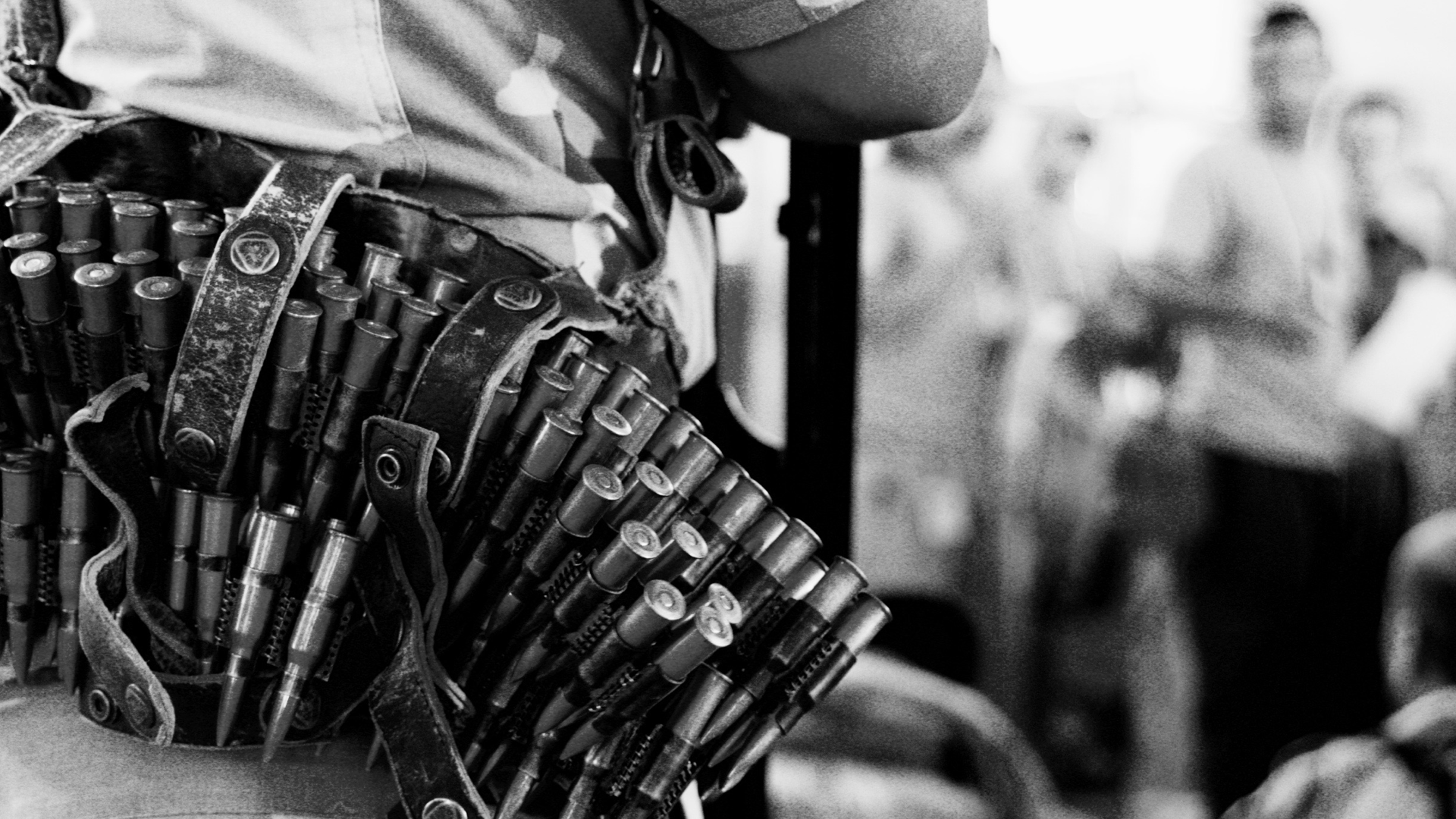
I’m reminded of 1998. The Taliban took Mazar-i-Sharif, a major city in the north and the last major urban area outside their control. The Pakistanis pushed the Taliban. They said, Once you take Mazar-i-Sharif, the international community—whether they like you or not—will recognize you as the legitimate government of Afghanistan, and they will deal with you. The problems you’re having governing will go away. That doesn’t come true at all. Only three states recognize the Taliban as the government: Pakistan, the U.A.E., and Saudi Arabia. It leads to the radicalization of the Taliban. It leads to an opening for al-Qaeda.
You can see the echoes of that today. The Taliban control more than 90 percent of the country. They’re waiting for the international community to recognize them and, most importantly, turn on the financial spigots—because that’s key to some of their government problems. As this debate on recognition plays out, it would behoove us to think about 1998.
Bluhm: What is the relationship now between the Taliban and al-Qaeda? Do the Taliban want to participate in international jihadism?
Hopkins: The world is fundamentally different in 2021 than it was in 1998. The Taliban has memory. The Taliban is very aware of the cost of allying with an international jihadist group.
The Taliban is a dynamic organization. We’re seeing it evolve. But it’s fundamentally an Afghan-centric organization. Their ambitions are within Afghanistan, for Afghanistan, and they don’t have much interest in events beyond Afghanistan’s borders, save perhaps Pakistan.
There is a tension between a reformist element concentrated in urban cores and a conservative element concentrated in the countryside. We’re not in a situation where either camp can assert their vision of Afghan society in the long term without some sort of dialogue.
Bluhm: The members of the Taliban are largely Pashtuns, who make up about 43 percent of Afghanistan’s population. How do ethnic rivalries shape the Taliban’s position?
Hopkins: Ethnicity has become supercharged since the Soviet invasion in 1979. That stands in stark contrast with the history of the Afghan state. The Pashtuns played a prominent role in executive power, but it’s always been a cosmopolitan, multi-ethnic state: an urban-based core populated by—and a bureaucracy manned by—a mosaic of ethnicities.
The idea that Afghanistan has been a Pashtun state is a misnomer. One way of understanding the Taliban is as a Pashtun chauvinist movement. They’re keen to get away from that. They know that doesn’t have a sustainable future. The civil war in Afghanistan since 1978 is not about the fragmentation of the country. None of the parties want to break Afghanistan up. This has always been about control of the Afghan state.
Bluhm: Since the U.S.-led invasion in 2001, Afghans have experienced elections and some degree of civil rights and political freedoms. Many Afghans have worked with international organizations. How are these experiences going to affect the Taliban’s rule?
Hopkins: We may think of Afghanistan as this village pastoral, where Afghans have no connection with or experience of the modern world—and that is patently false. From the Soviet occupation, our best estimate is that 7 million Afghans were forced outside the country as refugees. From 2001, at least 5.3 million people have been displaced by the conflict. If you make a list of the 10 largest cities of Afghans in the world, only five are in Afghanistan. This is a globally linked and globally embedded country.
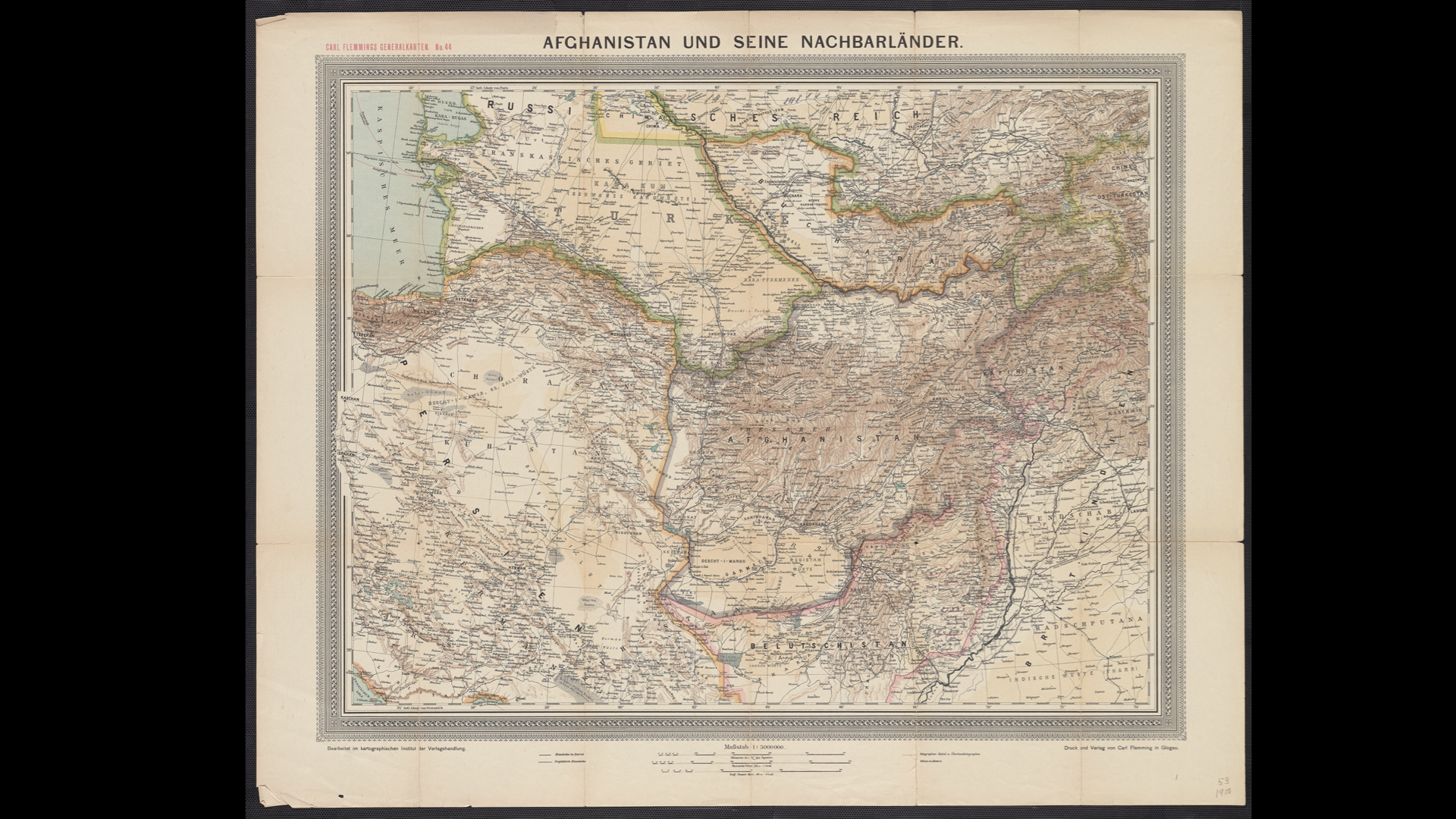
The population has 20 years of different expectations and experiences. This is one of the existential and fundamental challenges that any government, Taliban or otherwise, is going to face. More than 50 percent of the Afghan population was born after the American invasion in 2001. Their expectations—what they want and demand from a state—are fundamentally different than generations before.
The inability of both the Karzai and the Ghani governments to deliver on those expectations might help us understand why there was so little resistance against the Taliban assault on those governments. They were fundamentally unpopular because they didn’t deliver on people’s expectations. If the Taliban are not able to successfully deliver at least a modicum of those expectations, then the Taliban government is going to face very strong headwinds very quickly.
Bluhm: Members of the Taliban mostly come from rural areas. How are they dealing with the country’s urban-rural divide?
Hopkins: Not to oversimplify it, but there is a tension between a reformist element concentrated in urban cores and a conservative element concentrated in the countryside. We’re not in a situation where either camp can assert their vision of Afghan society in the long term without some sort of dialogue. That’s going to be the real challenge for the Taliban.
Bluhm: Afghanistan is by far the world’s largest producer of the opium poppy used to produce heroin. The Taliban has long profited from the drug trade, but how will they deal with poppy production now that they seek international recognition?
The Taliban, for much of its insurgent life, was in the business of refining poppy into heroin. That’s where you make your money. That’s now all alienated from the Taliban if they want to be recognized as a legitimate government by other states, which they’re absolutely desperate for.
Hopkins: You were unable to grow the poppy plant in Afghanistan until an American aid project in the 1960s, the Helmand Valley Authority. To grow poppy, you have to have highly acidic soil, and that was lacking in Afghanistan, but it was created through a series of dams that the United States built. The shorthand answer is, we created the poppy problem.
The Afghan Ministry of Narcotics in 2012 estimated the value of the drug trade somewhere around $70 billion—for a country that had a GDP of around $20 billion.
The Taliban, for much of its insurgent life, was in the business of refining poppy into heroin. That’s where you make your money. That’s now all alienated from the Taliban if they want to be recognized as a legitimate government by other states, which they’re absolutely desperate for. There’s no way the Taliban can continue to participate in the growth and distribution of heroin and have the rest of the world recognize them.
The Afghan state was constructed in the mid-19th century by British and Russian empires as dependent on a foreign subsidy. From the mid-19th century, the British sent an annual treasure train of 600,000 rupees from Peshawar, in Pakistan, to Jalalabad every April. Once the British withdraw in 1947, the Americans and Soviets take over that subsidy responsibility in the form of aid, which leads to the Helmand Valley Authority, which creates the opportunity to grow poppy.
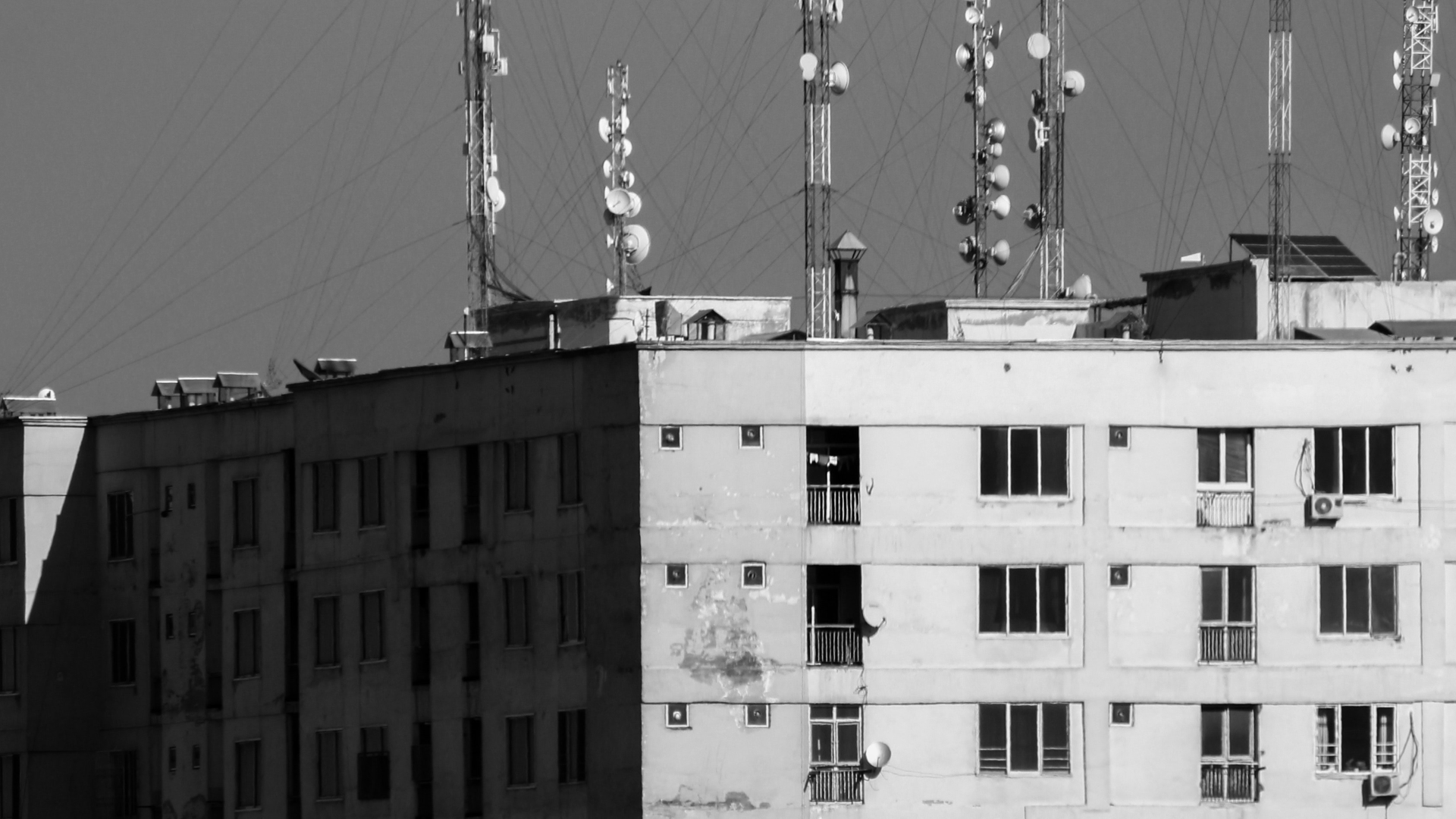
You can look at the more than $2.2 trillion the U.S. spent in Afghanistan as the continuance of that subsidy.
The Taliban are well aware that they are going to depend on a foreign subsidy. For that foreign subsidy, they need to be viewed as legitimate, and that requires them to no longer countenance the heroin trade. One of the major challenges for the Taliban is to disengage themselves from the political economy that supported their insurgency and instead build a new political economy that supports their rule as legitimate state authority.
Bluhm: What is that dependence on foreign subsidy going to mean for the Taliban? The Taliban are seeking international recognition as the government of Afghanistan, and the international community seems to be paying closer attention to them than when they ruled from 1996 to 2001.
Hopkins: Would the United States start funding humanitarian efforts, as long as the Taliban promises to respect the rights of women and minorities? This is a live question.
The Taliban understand both their need for a foreign subsidy and that any foreign subsidy will come with strings attached.
Players that the Taliban will probably look to first, whose strings might be the loosest: Russia, Pakistan, and China. There are reasons to doubt those that countries will step in or have the wherewithal to finance the Taliban. The Taliban is going to have to deal with the larger international community. So what is the quid pro quo for those international subsidies?
The Taliban understand both their need for a foreign subsidy and that any foreign subsidy will come with strings attached.
You bring up the idea that the United States and the international community will pay more attention. The United States has been largely indifferent to this war for 20 years, so why would it be anything but indifferent to the peace now?
Bluhm: What are the immediate political challenges facing the Taliban?
Hopkins: It’s a perilous moment for the Taliban and Afghanistan. There are a number of scenarios, from some sort of national-unity government to the Taliban trying to assert very strict rule by themselves.
The Afghan civil war may or may not be over. If it has ended with the Taliban’s conquest, then that’s only a military end—there is a political end that needs to come.
What is the civil war about? Prior to the Saur Revolution in 1978, Afghanistan had an imperfect yet stable social compact, in which you had a multi-ethnic state focused on the urban cores. That Afghan state made a claim to authority over the Afghan countryside, but it never asserted that claim. The center said, We’re your government. We’re in charge. The countryside said, Okay, as long as you don’t become too invasive, we’ll believe that, and we’ll call it a day. That works until 1978 and the communist takeover. The communists insert state power into the countryside, and they destroyed that political compact.
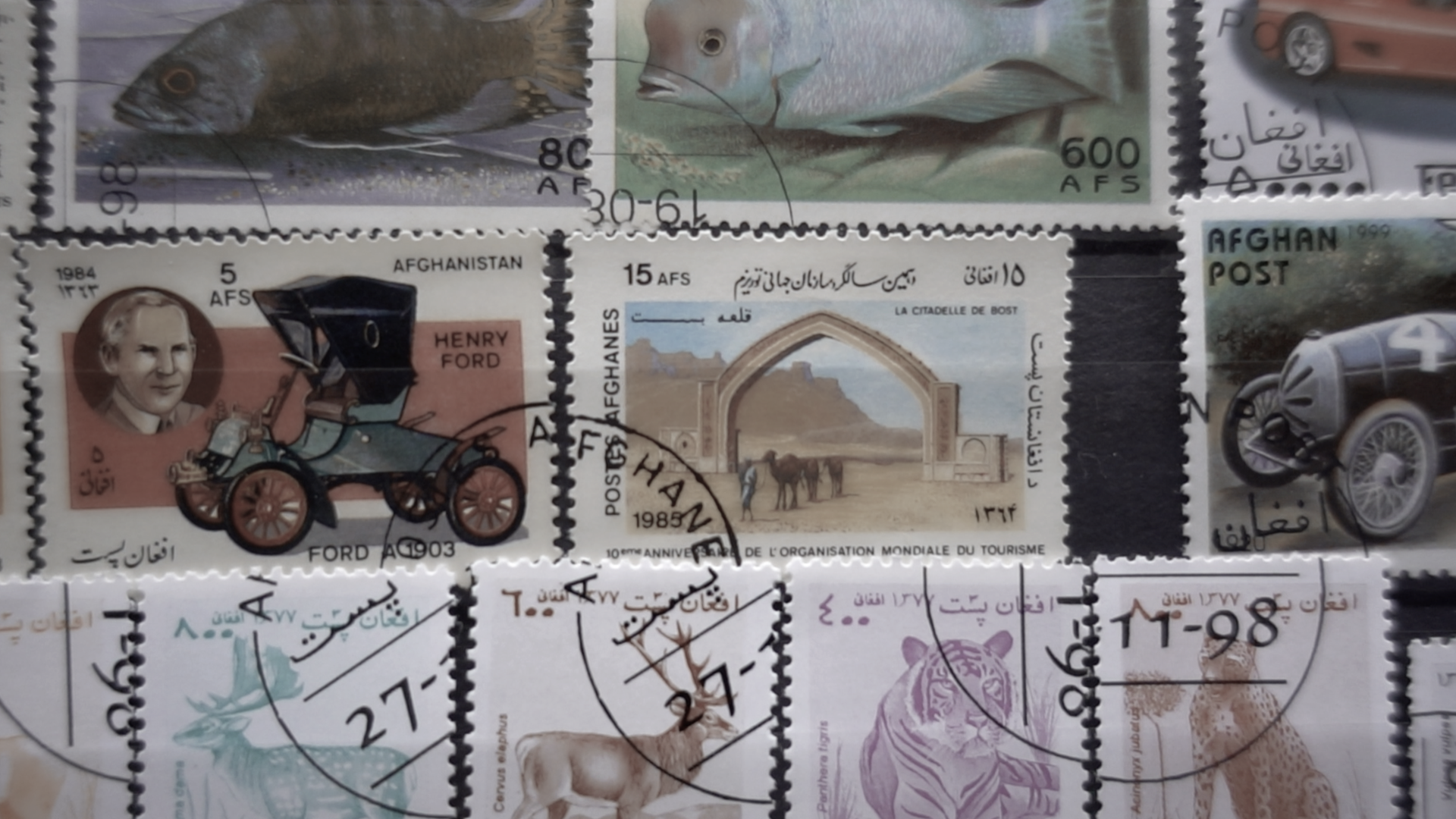
The social compact of 1978 was destroyed and has not been meaningfully reconstituted. You can’t go back to that, but something has to take its place, for a stable Afghanistan. That is the existential challenge that the Taliban, or whoever rules Afghanistan, is going to face. Do I think the Taliban are particularly capable of addressing that? Probably not.
There are three practical, governing challenges. The first is a foreign subsidy. The last Ghani government—out of a $12-billion budget, $6 billion was from foreign aid. The Taliban is going to have to secure international recognition, very quickly, and along with it an international subsidy.
The second issue is political legitimacy. The Taliban will be able to assert their legitimacy through the threat of violence for a certain time. But that is a time-limited strategy, it costs too much, and it creates too much backlash. They are going to have to fashion a language of political legitimacy that appeals to a sliver of Afghan society who will support their rule. Their best hope is that the majority might become indifferent to their rule: It doesn’t matter who rules me—I’m going to get screwed, anyway.
The third point is the curse of risen expectations. The Afghan population expects certain things out of a state. Karzai and Ghani were not able to deliver. Will the Taliban be able to deliver? I have my doubts. And if they don’t, they are going to run up on the same problems as their predecessors.
These are the challenges for the Taliban or any government to bring stability—and that’s a tall order.

